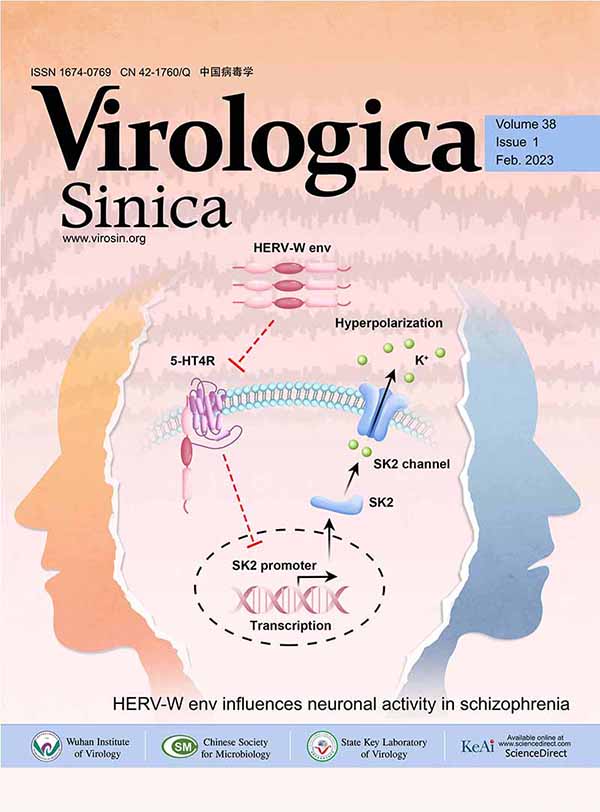An Epidemiological Study of Rabies in Anlong County of Guizhou Province
Abstract: This study was aimed to analyze human rabies cases that occurred from 2004 to 2005 in Anlong County in Guizhou province, and to explore the possible factors causing the epidemics. Each case of rabies was investigated. Canine brains were collected, and an immunofluorescence assay was used to detect rabies virus antigen. The G gene was amplified by RT-PCR, and then sequenced. Phyologenetic trees were constructed to analyze the genetic relatedness of rabies viruses. From 1994 to 2003, no human rabies case occurred in Anlong. But 44 and 27 cases of human rabies were reported in 2004 and 2005, respectively. In 71 cases, 68 were attributed to dog bites, and 3 patients were reported to have been bitten by cats. The median incubation period was 47.5 days (10~282) for the 69 cases with clear history records. However, it was noticed that 13 (18.84%) and 32 (46.38%) of 69 cases developed the disease within 15 days and 30 days of exposure, respectively, and particularly, 13 of 44 cases developed the disease within 20 days in 2004. In the spring of 2005, a total of 85 dog brains were examined for rabies viral antigen by DFA and confirmed by RT-PCR, 5 (5.88%) were positive. Analysis of the sequences of G gene of the two isolates showed the identity of the nucleotides sequences was 86.5% between the two isolates. Furthermore, A13 strain has high identity with the known isolates from Guangxi, while A48 strain shares high identity with the strain SN01-23 from Indonesia. Both strains are diverse from vaccine strains, aG, PV and ERA. The phylogenetic tree constructed with the entire G gene sequence showed the two isolates were rabies virus. Comparison of the deduced amino acid sequences of the two isolates, 19 and 28 of amino acid residues including the residues in the antigenic site Ⅰ, Ⅱ and Ⅲ were substituted for A13 and A48, respectively. The results suggested that the virus caused the outbreak in Anlong is not an emerging rabies virus, and the increasing number of dogs and the high rate of virus carriers in dogs might be responsible for the outbreak.














 DownLoad:
DownLoad: